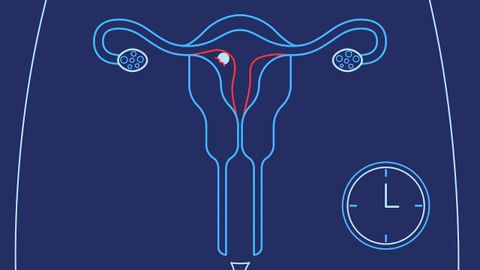懷孕是如何發生的:計劃當父母的影片 (How Does Pregnancy Happen | Planned Parenthood Video)
Flora Hu 發佈於 2018 年 01 月 30 日  沒有此條件下的單字
沒有此條件下的單字US /ˈprɑsˌɛs, ˈproˌsɛs/
・
UK /prə'ses/
- v.t.用電腦處理(資料);(依照規定程序)處理;處理;流程;加工;理解
- n. (c./u.)(規定的)程序;過程;進程;方法;法律程序;進程
US /ˈpɪriəd/
・
UK /ˈpɪəriəd/
- n. (c./u.)時期;(用於句末;表示斷定的口氣)就這樣;句號;月經;期間
US /dɪˈvaɪd/
・
UK /dɪ'vaɪd/
- v.t./i.除以;分開;分類;分配;使分裂;劃分;意見分歧
- n.分界線
US /ˈprɛɡnənt/
・
UK /ˈpregnənt/
- adj.懷孕的 ; 妊娠的 ; 孕育著;充滿...的;懷孕的 (動物);有創意的 (古義)
